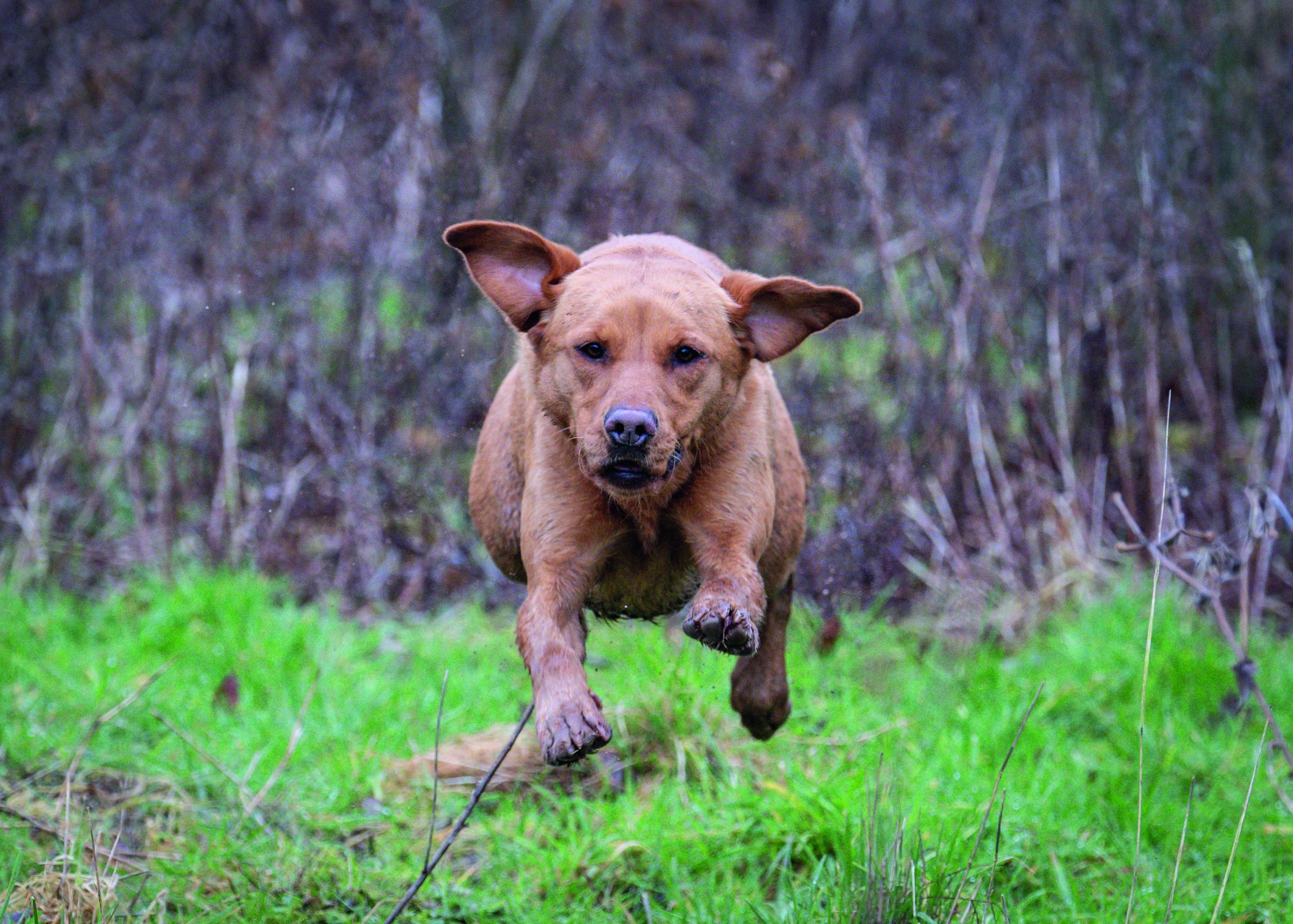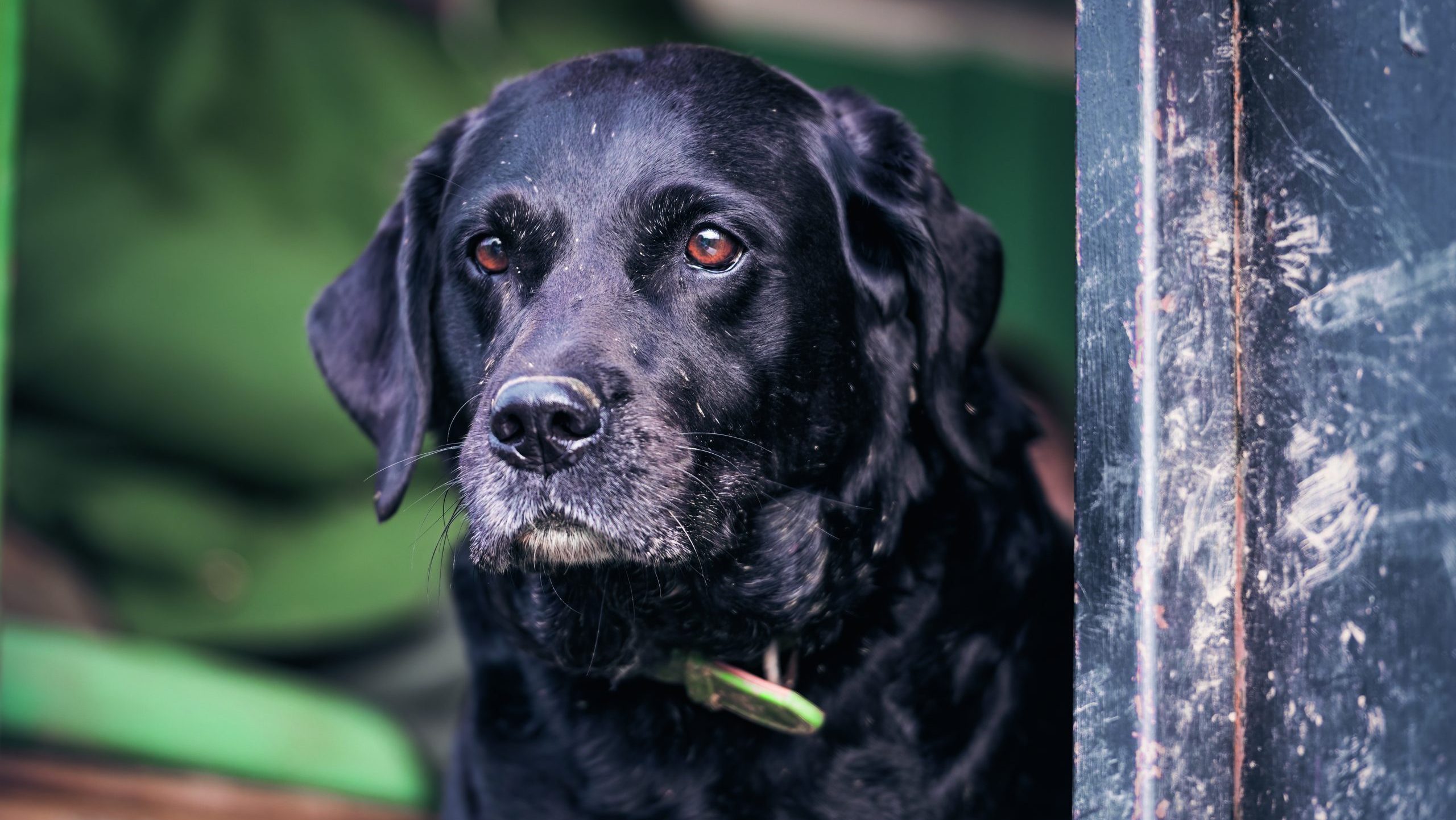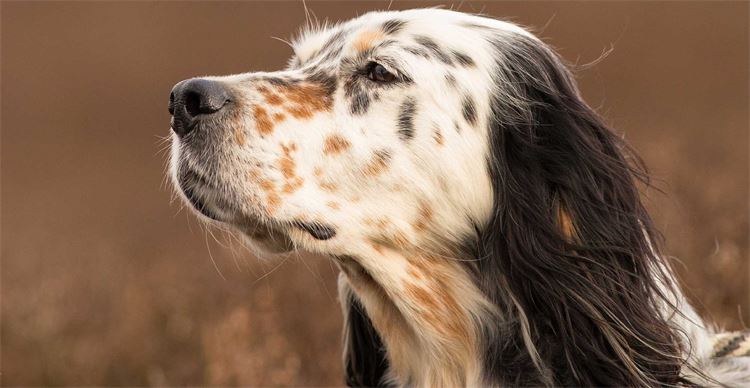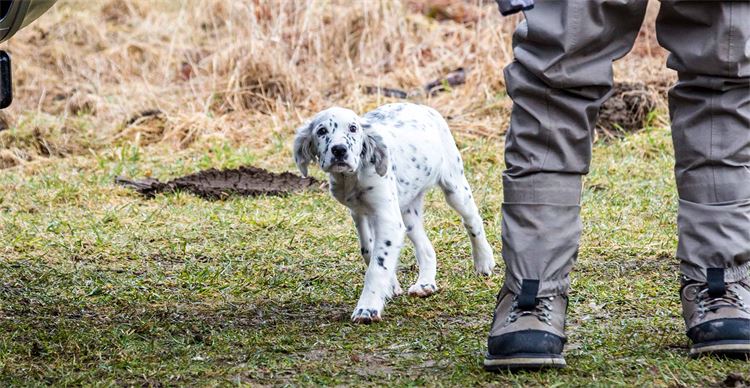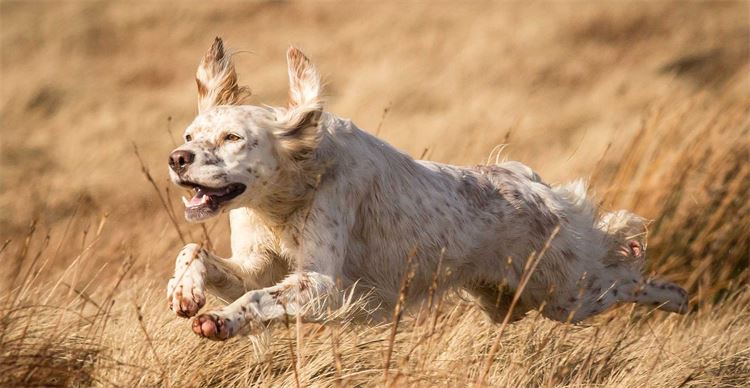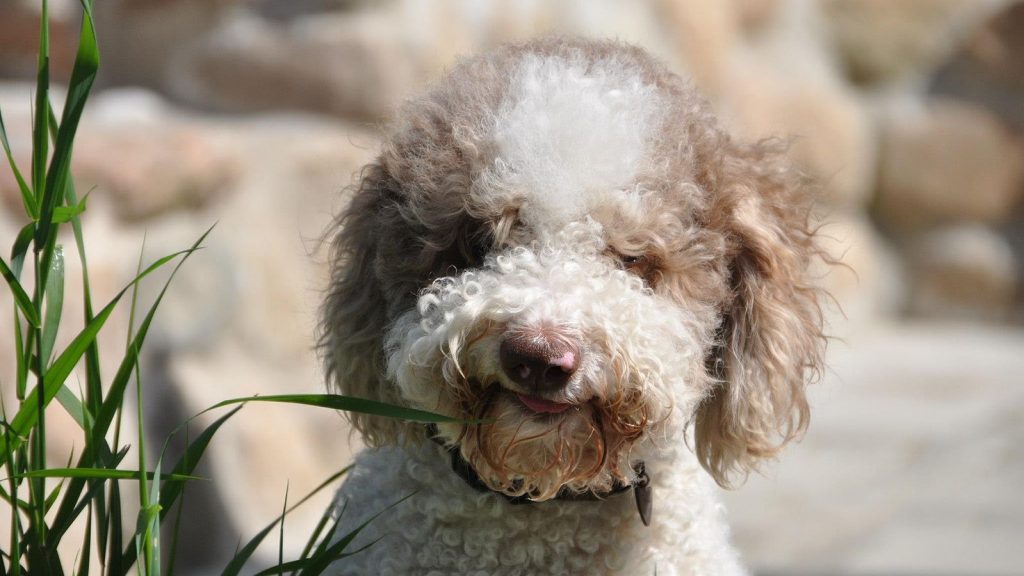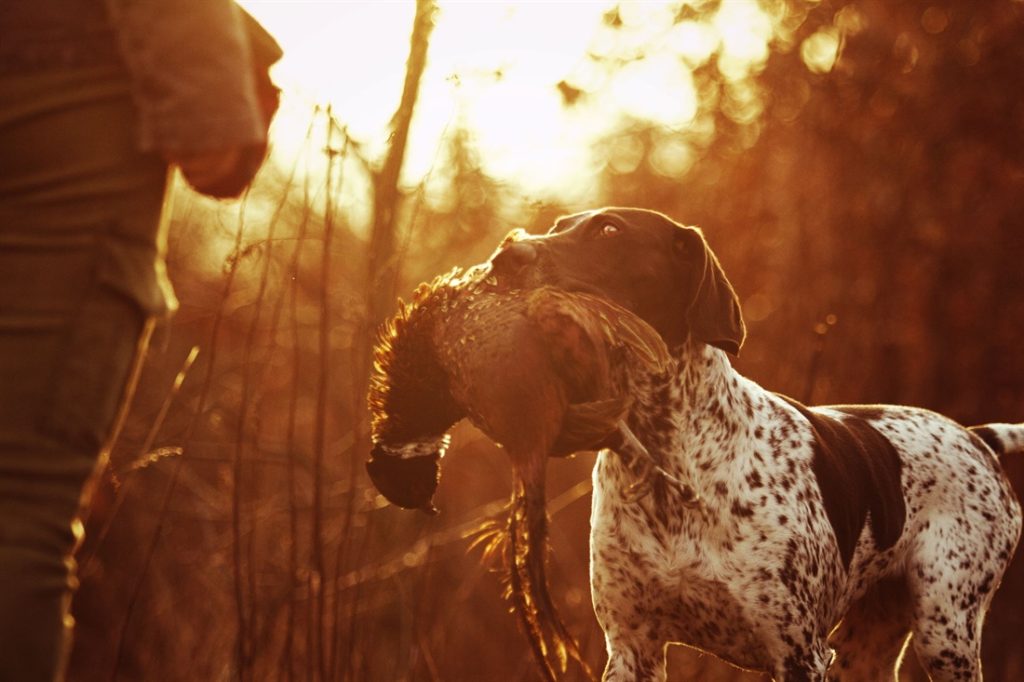English setters
A closer look at one of the rarer working breeds, the English setter.
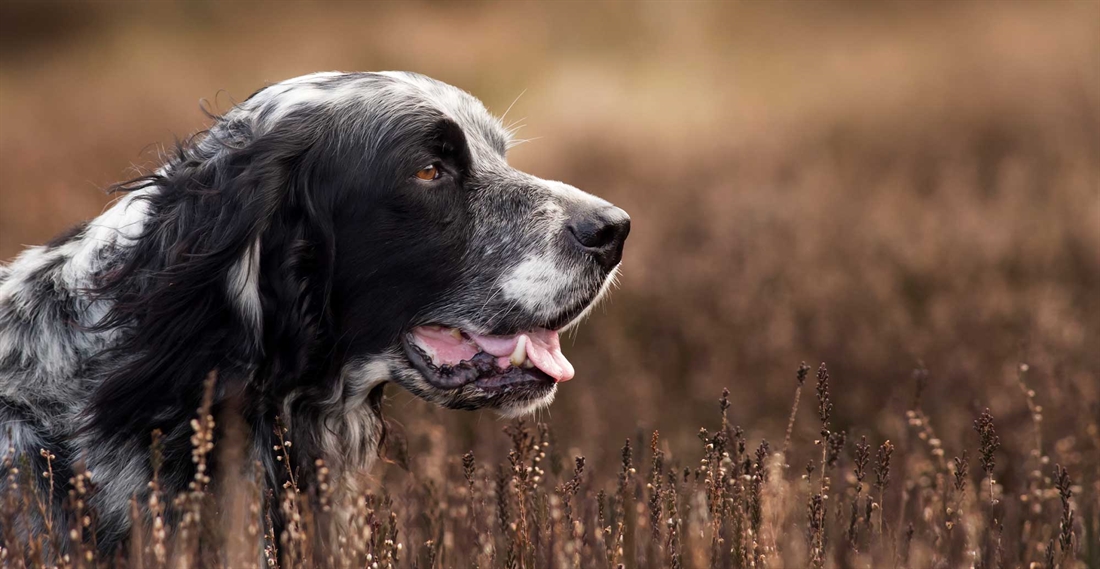
History of the English setter:
Developed over hundreds of years, the English setter is one of the oldest breeds of gundog with its roots back in the 14th century as a descendant of the ‘setting spaniel’.
Typically worked on moorland to hunt gamebirds and small mammals, its hunting style and characteristics remain much the same as its ancestors, quartering the ground in front of the hunters in an attempt to scent their quarry. Once they have caught wind of their prey they ‘set’ – crouching motionless in its direction with a front paw lifted. Initially, this would allow the hunter to get close enough to throw a net over both the dog and the quarry species, but since the advent of game shooting, this allows the Gun to anticipate where the bird will be flushed and get into a position ready to take a safe shot.
Over time, the setter’s hunting efficiency has been refined, and aristocratic families who enjoyed rough or walked-up shooting developed a love for the breed. In the 19th century, the breed was separated into a number of recognised breeds – such as the English, Irish and Gordon setters. Through inbreeding and selective line breeding, it was Edward Laverack who is said to be responsible for creating the English setter breed standard.
However, some years later, Richard Llewellin widened the gene pool by breeding his own dogs with different strains of English setter to restore their working capabilities. It is from this stock that working English setters are believe to descend.
(Photo credit: Rebecca Goutorbe)
How many English setter puppies are registered in the UK?
Of the 91,149 gundog puppies registered to the Kennel Club in 2018, just 290 puppies were English setters.
English setter traits and characteristics:
English setters are gentle, friendly and placid dogs that can double as a family pet and working companion. These dogs need a good amount of daily exercise and regular contact with their owners. They can be alert and protective of their families and territory. During puppyhood, English setters can be very excitable and have a very strong will to hunt which continues throughout adulthood.
English setter conformation:
The English setter is a large and athletic breed of gundog with a silky, medium-length coat that is predominantly white with flecks of orange, liver, lemon or black and requires more grooming than other working breeds. Setters typically have a large head with a square muzzle and long ears which feature some soft feathering, as does the tail, legs and undercarriage.
Average life expectancy of an English setter:
9 – 15 years.
English setter health concerns:
A few of the common health issues related to the English setter include skin problems, blindness, deafness, hip and elbow dysplasia, and thyroid problems. It is best to consult with a veterinarian before acquiring an English setter of your own.
What to feed an English setter:
“As a nutritionist, one designs a diet first and foremost to meet all the nutrient requirements to support a long, active and healthy life.
“For working breeds, fundamental nutrient requirements vary very little, if at all. There may be subtle trend differences between the breeds in terms of certain conditions that are more prevalent in one particular breed over another that may be helped by using appropriate functional nutrition.
“The key differences in nutrient requirements for working dogs stem from the duration and intensity of the work undertaken. The higher the workload, the more energy your dog will require. A very active dog will therefore need to eat more food, and as a result will get more of all the other nutrients it requires, such as protein and vitamins.
“It is important to know where that energy needs to come from. Sprint work requires a diet consisting of more carbohydrate and some fat – a diet of around 22–25% protein and up to 14% fat is preferred – whereas a dog working long days on a moor will rely more on fat reserves – a diet with 24%+ protein and 14%+ fat works best.
“Finally, when it comes to choosing the size of the piece of food, studies have proven that all breeds prefer a kibble of around 14–16mm in diameter.
“So, choose a diet to suit your dog’s workload and type, and one that provides those functional nutritional aspects as well.”
Why do English setters make good gundogs?
(Photo credit: Rebecca Goutorbe)
Anyone who has been lucky enough to shoot quarry over English setters will tell you that they are a complete joy to behold. Dom Goutorbe of Upperwood Kennels and President of the English Setter Club says: “English setters have been a part of my whole life and have been a part of my family’s life for several generations on my father’s side. I love the breed. They are fun dogs but have a very serious side.
“Their keenness to find game is second to none. They also have an amazing ability to adapt to different terrains, conditions and people. I take a huge amount of pride in the number of people that have shot their first grouse over my dogs. They will be memories that those guests will keep forever.”
When training an English setter, Dom highlights a few of the commonly made mistakes: “Starting them too early and not letting them have a puppyhood are common mistakes, as is only ever following the dog straight into the wind. The dog must be able to handle all wind directions if it is to succeed in the long term. For training an English setter, I always find myself giving the same advice – keep a sense of humour. You have to remember that you are training a dog and not programming a robot. And a close bond with your dog is essential. Having a wide-ranging dog that isn’t biddable is a nightmare.”
Today, the breed has many enthusiasts around the world, particularly in Italy. “About 13,000 English setter puppies are registered in Italy each year,” says keen game shot Rosella Di Palma. “Despite the breed being created to work in wide open spaces, English setters can easily adapt to different situations; the breed’s excellent results at woodcock field trials confirm this.
“My most memorable woodcock moment happened when I was shooting with a skeptical friend. My English setter froze on-point, but my friend did not believe Briony had found a woodcock: the place was not right, and she was too young. Suddenly, one flushed in my direction, too close for a shot. That woodcock and I looked briefly into each other’s eyes and I threw myself to the ground to avoid it crashing into my face!”
Related Articles
Get the latest news delivered direct to your door
Subscribe to Gundog Journal
Unlock the full potential of your working dog with a subscription to Gundog Journal, the UK’s only dedicated magazine for gundog enthusiasts. Published bi-monthly, this authoritative resource delivers expert training advice, in-depth interviews with top trainers and veterinary guidance to help you nurture a stronger bond with your dog.
With stunning photography and thought-provoking content, Gundog Journal is your essential guide to understanding, training and celebrating your working dog.
Save 10% on shop price when you subscribe, with a choice of packages that work for you. Choose from Print & Digital or Digital only with each journal delivered directly to your door or via the app every other month, plus access to past issues with the digital back issue library.




